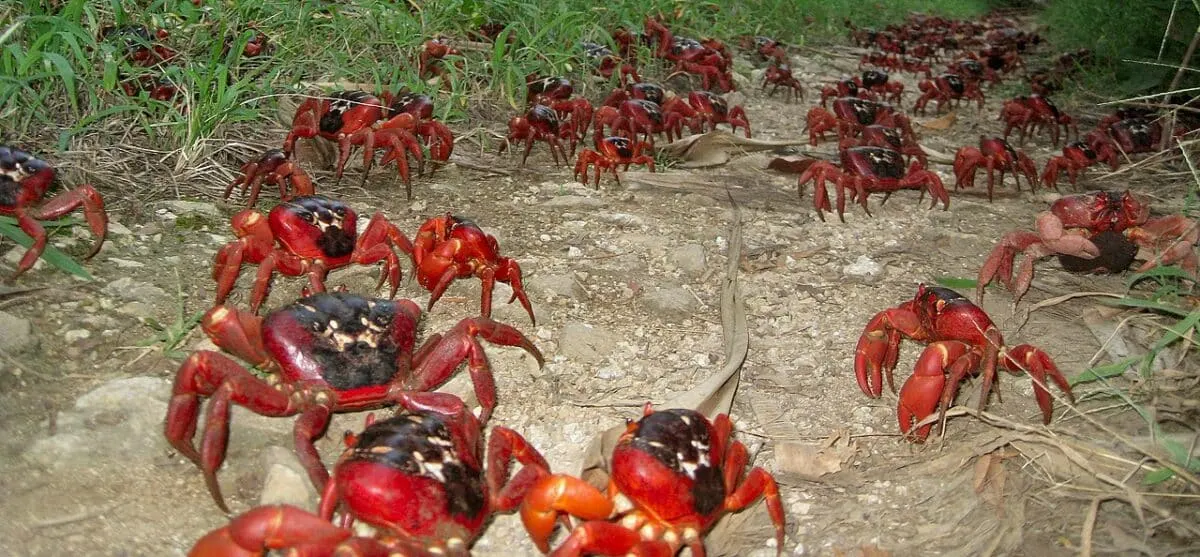The seasonal migration of animals from one habitat to another is one of nature’s most magnificent phenomena. Every year, a myriad of species trek across vast expanses of our planet. These migrations are driven by ancient genetic programming that compels animals to move in response to the changing seasons, availability of food, and the need to reproduce in environments best suited for the survival of their offspring.
Migration is distinguished from other forms of animal movement by two key elements. Firstly, migration is seasonal, occurring at specific times of the year. Secondly, migration involves the animals returning to their starting point, setting it apart from emigration, where animals permanently relocate to a new, more suitable environment.
Various animal groups migrate, including fish, crustaceans, amphibians, reptiles, insects, and mammals. Animals that migrate frequently travel in large masses. Some animals travel remarkable distances, sometimes over several months, navigating on instinct, environmental cues, and sometimes, magnetic fields. Human activities, however, pose significant challenges to these migratory paths through habitat destruction, climate change, and the creation of obstacles like highways and buildings. Conservation initiatives must be mindful of these migratory patterns to safeguard the enduring legacy and survival of these species.
Wildebeest: The Great Migration
The most iconic animal migration pattern is the great migration, which involves over 1.5 million wildebeest, along with hundreds of thousands of other species, such as zebra and gazelles, marking it the largest terrestrial migration on the planet. The wildebeest follow the rains in a roughly circular route, which ensures they always have access to fresh grazing lands and water. The great migration is crucial for the health of the Serengeti and the Maasai Mara ecosystems, influencing everything from grassland vitality to predator-prey relationships. Additionally, it significantly benefits local communities by fostering ecotourism opportunities.
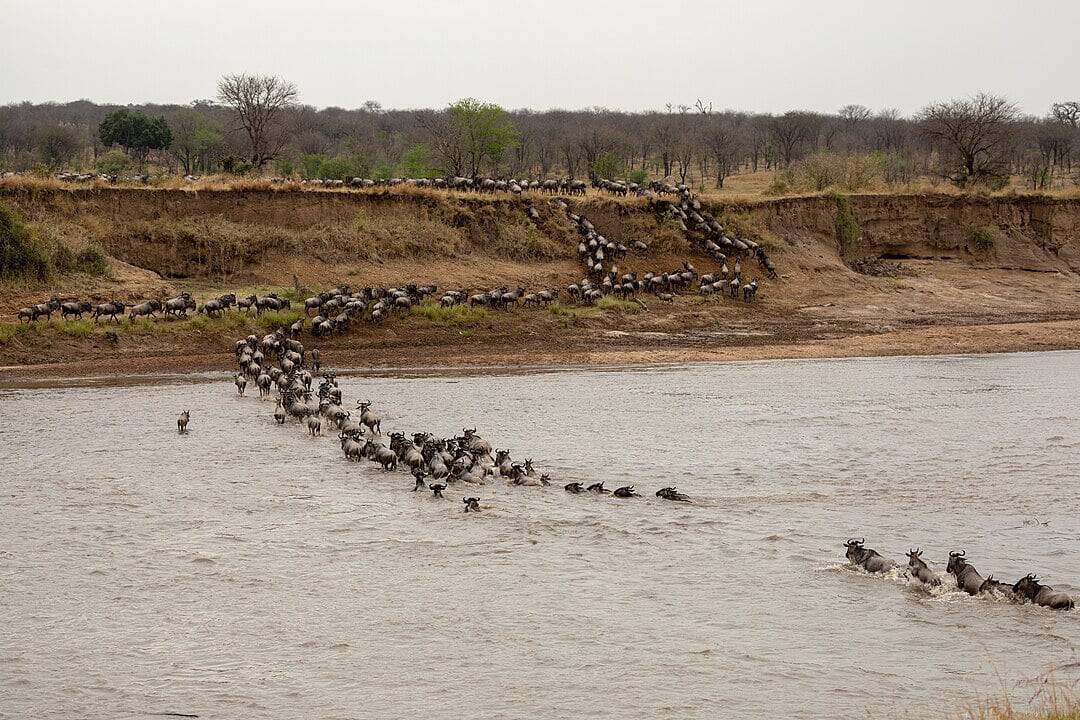
The Arctic Tern: The Furthest Animal Migration on Earth
The Arctic Tern (Sterna paradisaea) holds the record for the longest-known animal migration. Each year, it travels from the Arctic Circle in the North Pole to Antarctica in the South Pole and back, covering a staggering 25,000 miles. The Arctic tern avoids winter and takes advantage of the plentiful food sources during the summer seasons in the poles. This small bird has sleek wings and a gray and white plumage. However, during the breeding season in the Arctic, they have a full black cap, with short red legs and a red bill, standing out in their colonies where they nest on the ground. The arctic tern has an impressive lifespan, often living up to 3 decades, sharing its life with a single mate.
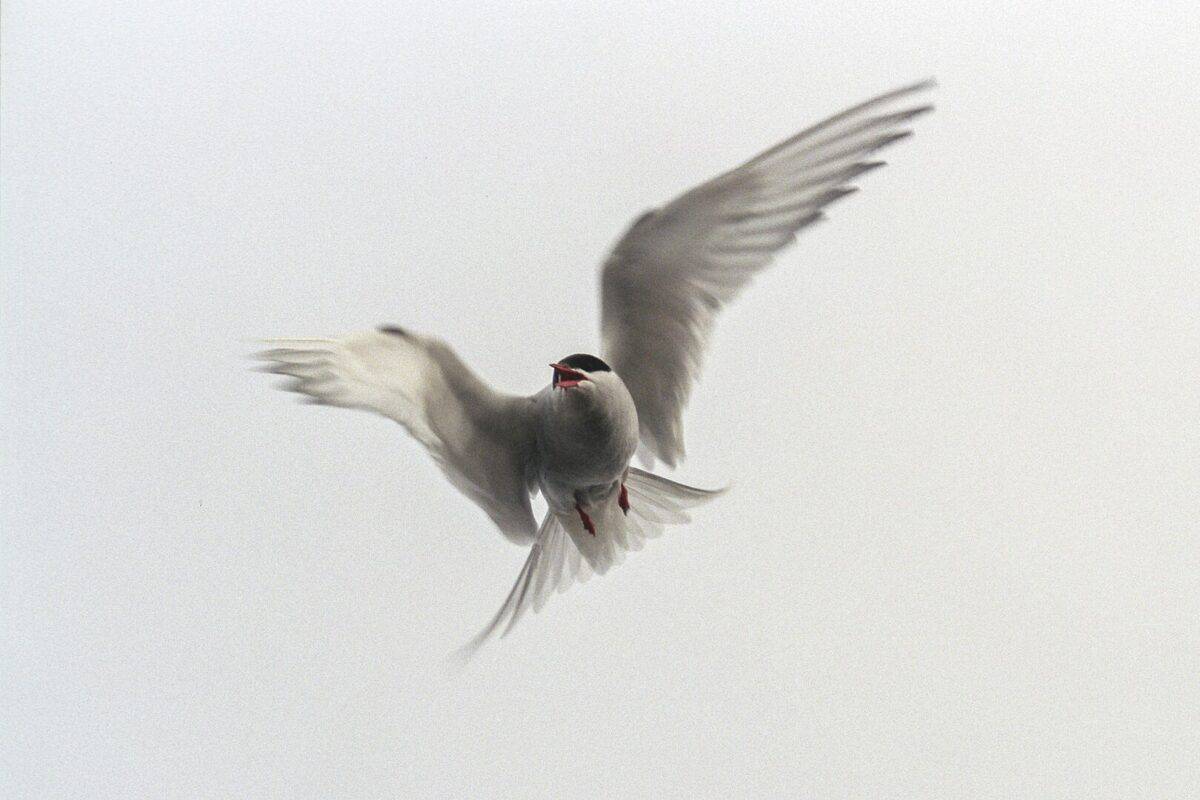
Monarch Butterfly: Tiny Travellers
Each autumn, millions of monarch butterflies (Danaus plexippus) travel an incredible 3,000 miles from their summer breeding grounds in the northeastern United States and Canada to overwintering locations in central Mexico. Mexico’s oyamel fir forest provides a winter haven for the Monarch butterflies. Here, the cool forest air slows their metabolism, helping them conserve vital energy stores. Guided by their antennae, these butterflies navigate precisely to their overwintering location – a journey etched in their DNA. This remarkable migration offers scientists a window into understanding the genetic basis of migratory behavior.
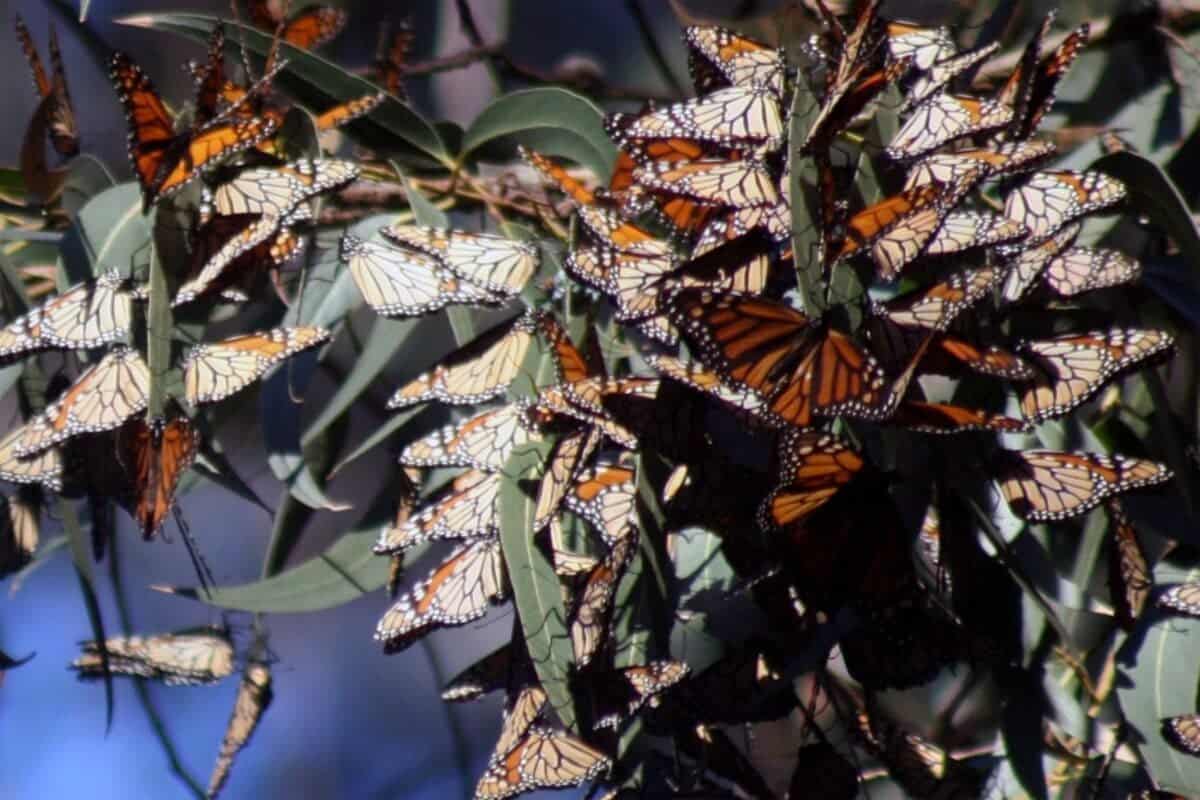
Humpback Whale: Giants On The Move
To find favorable conditions, Southern humpback whales (Megaptera novaeangliae) undertake the most remarkable migration observed among any mammal, covering a staggering distance of approximately 8 300 km (Rasmussen et al., 2007). During austral winter, they move north in search of warm waters, a strategic move to conserve energy for the development of their calves and to avoid the risk of killer whale predation on newborns (Rasmussen et al., 2007). In contrast, during austral summer, humpback whales return to feeding grounds in the Southern Ocean, driven by their dependence on krill (Euphausia superb).
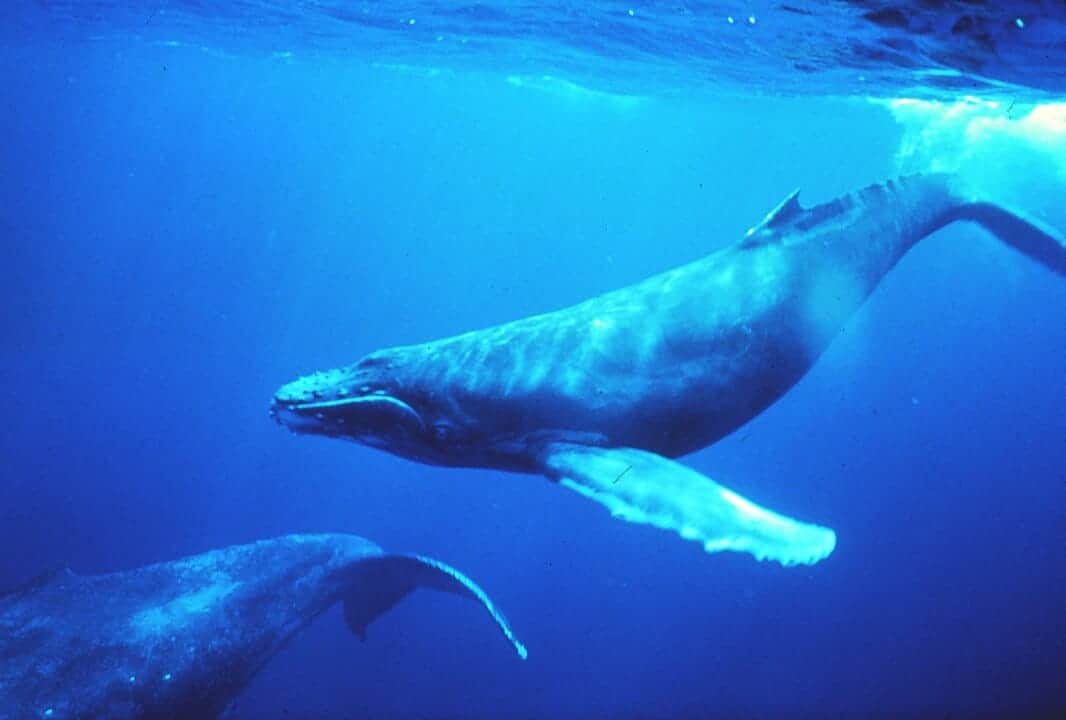
Christmas Island Red Crab: The Red Carpet
The Christmas Island red crab (Gecarcoidea natalis) is a land crab known for its spectacular annual migration. Endemic to Christmas Island Australia, these crabs embark on a mass journey from the forest to the coast to spawn. Triggered by the onset of the wet season and lunar cycles, millions of red crabs carpet the island, closing roads and overwhelming the landscape. Males arrive first, preparing burrows for mating. Afterward, females incubate their eggs and synchronize the release with the lunar phase, ensuring larvae are carried to sea. This natural phenomenon is crucial for their life cycle but is threatened by invasive species like the long-legged ant (Anoplolepis gracilipes).
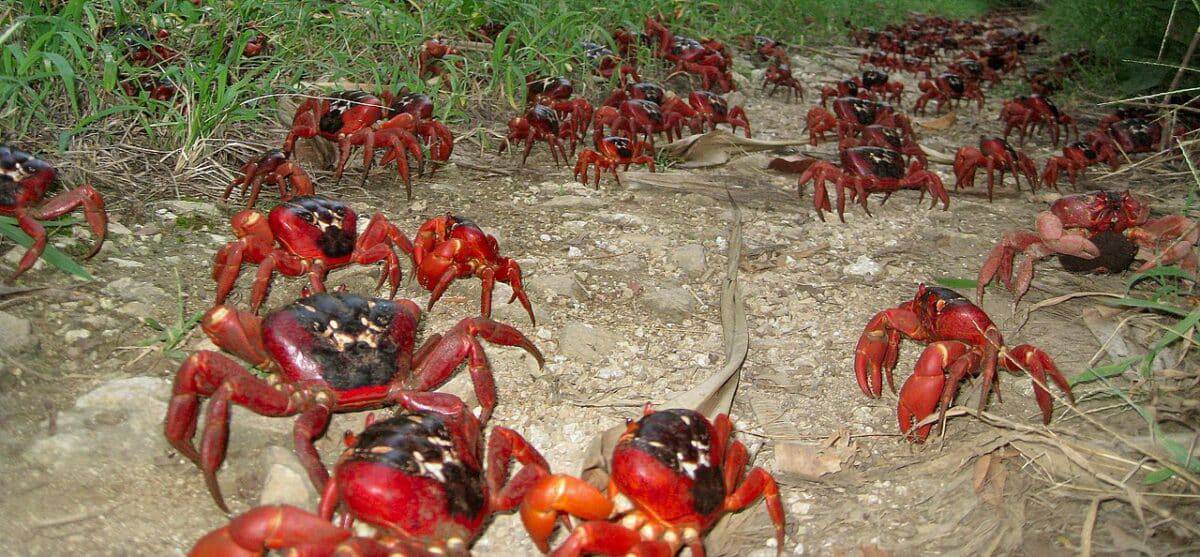
Sockeye Salmon: The Journey to Reproduction
Sockeye Salmon (Oncorhynchus nerka) start their lives in freshwater rivers and move on to a lake to grow. They stay in their home waters for up to three years, which is longer than any other type of salmon, before heading to the sea. They then migrate to the ocean, where they spend one to four years growing and feeding primarily on zooplankton. As they mature, they return upstream to their spawning grounds where they were born. Interestingly, during their swim upstream their appearance dramatically changes: their bodies become bright red, and males develop a humped back and hooked jaws. After spawning, both males and females die, completing their lifecycle. This migration is more than a journey; it’s a transformation. It shows the deep instinct animals have to reproduce and pass on their legacy.
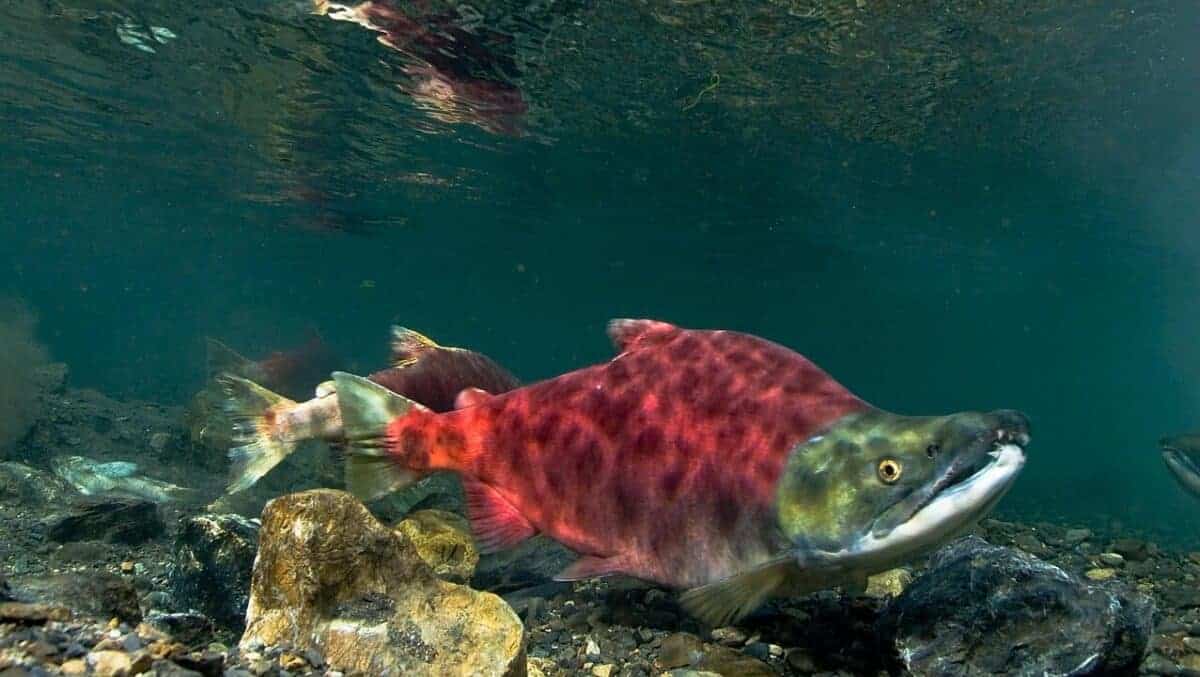
Leatherback Turtle: Across Ocean Migrations
Leatherback turtles (Dermochelys coriacea) migrate over 10,000 miles annually between their nesting and foraging grounds. They are the largest turtles on Earth, reaching up to 6 feet in length and weighing between 750 to 1,000 pounds. Unlike other sea turtles, leatherbacks lack a hard shell and scales, having a tough, rubbery skin instead. Their diet consists mainly of jellyfish, aided by their specialized spiny mouth and throat to help them consume and digest their gelatinous prey. Their nesting sites are scattered across tropical and subtropical beaches, with significant locations in Trinidad and Tobago and Gabon, Africa. Leatherback turtles possess an innate ability to perceive the Earth’s magnetic field, which guides them across thousands of miles to their natal beaches, to continue their life cycle.
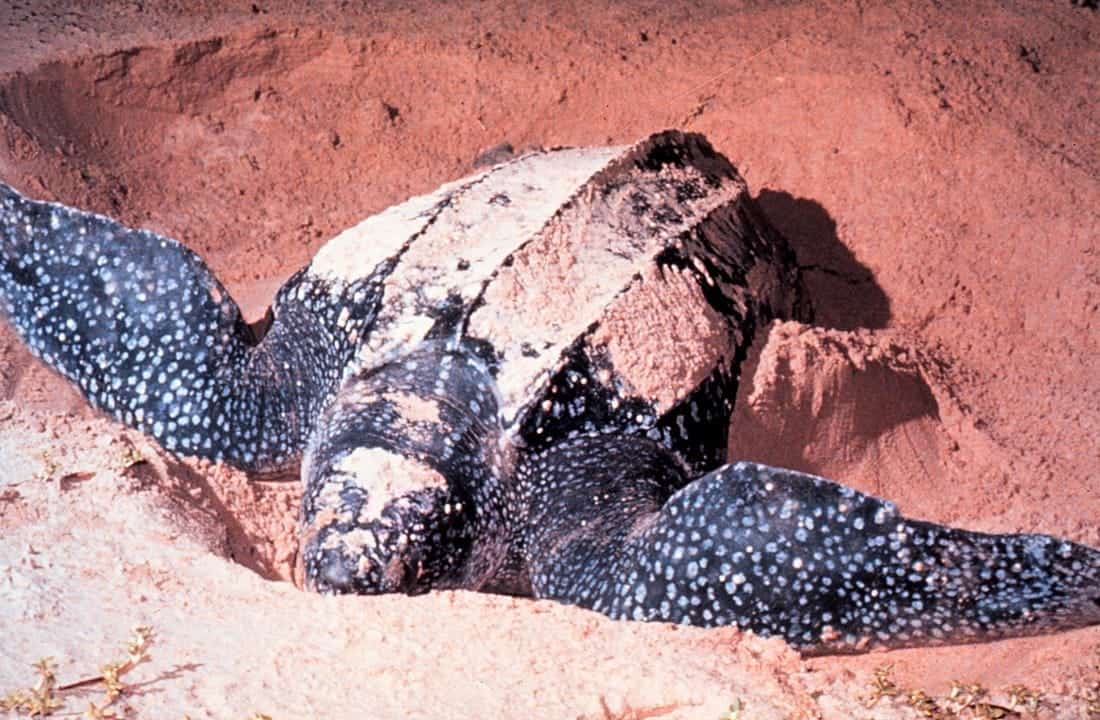
Fruit Bat: Shadows Over Zambia
Annually, between October and December, up to 10 million African Straw-coloured Fruit Bats undertake the world’s largest mammal migration to Zambia’s Kasanka National Park. Originating from various parts of Africa, they travel vast distances to feast on the abundant fruits, berries, and flowers of the park’s evergreen swamp forest. However, this spectacular event is under threat as land around Kasanka is cleared for agriculture and mining, diminishing the habitat’s ability to sustain the bats. Over the past 15 years, the fruit bat population has suffered a decline of 25-30%, largely due to being hunted for their meat. Conservation efforts are now critical to protect their feeding grounds and ensure the continuation of this extraordinary migration.
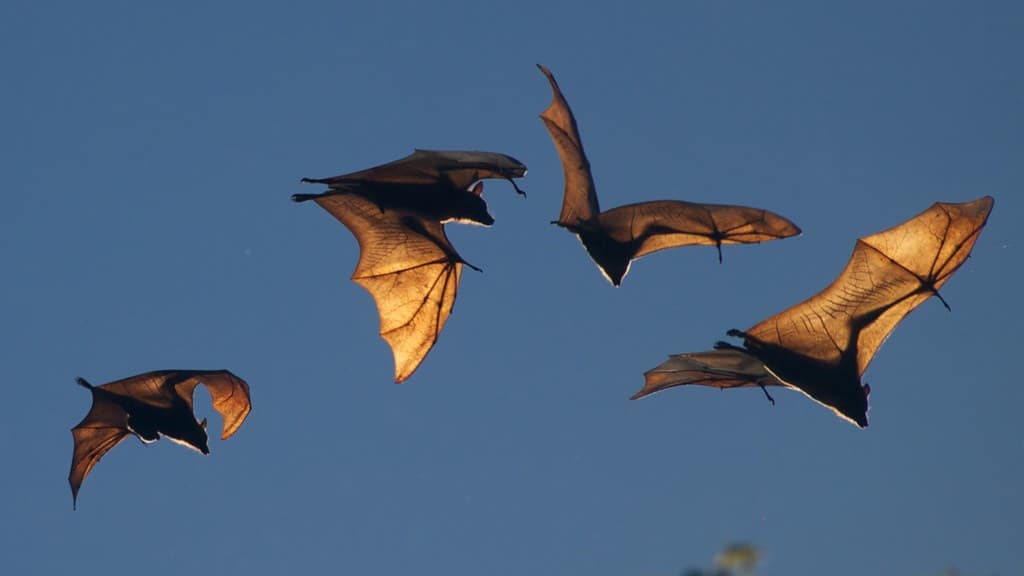
Emperor penguin: Migrating through Extreme Conditions
Emperor penguins undertake a remarkable migration through extreme conditions. Each March, as the Antarctic winter approaches, they march inland to their breeding grounds, often covering over 100 kilometers. The females lay a single egg and leave it with the males, who then endure the planet’s harshest weather to incubate the egg on their feet under a flap of skin. During this time, the females return to the sea to feed. The males fast, surviving the bitter cold and 100-mile-per-hour winds, huddling together for warmth. When the chicks hatch, the females return, and the parents take turns feeding in the ocean, ensuring the chick’s survival. As spring arrives and the ice melts, the chicks, now with waterproof plumage, are ready for their first journey to the sea, marking the end of the migration cycle.
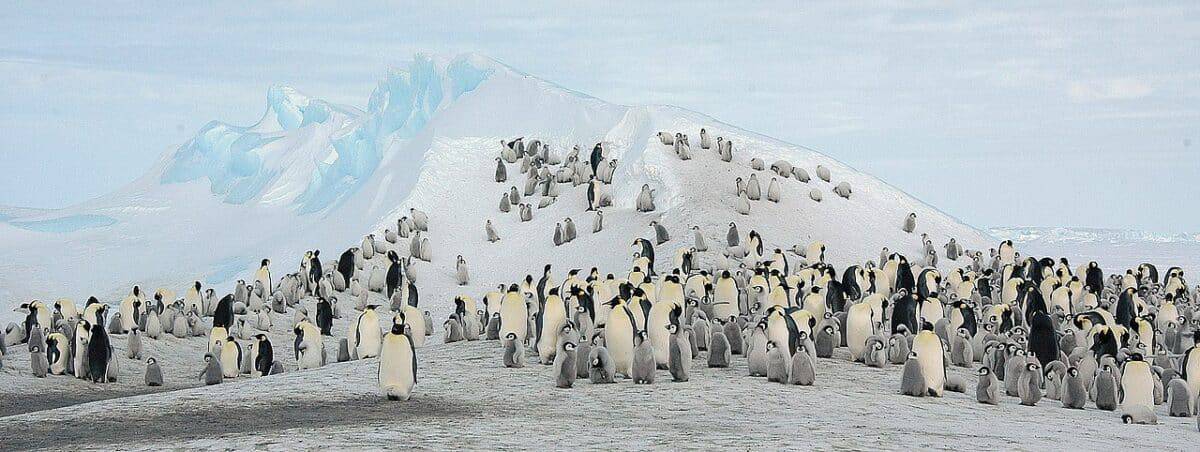
Caribou: Epic Journeys Across the Arctic
Caribou (Rangifer tarandus), embark on one of the longest terrestrial migrations on Earth, traveling up to 2,000 miles annually between their wintering and summering grounds. These migrations are driven by the need for accessible food sources and calving safety, with vast herds moving en masse. Adapted to arctic life with features like long legs and broad hooves, caribou are primarily herbivorous, grazing on a variety of tundra vegetation. Unfortunately, threats like climate change and habitat disruption from oil drilling pose serious risks to their migratory patterns and survival.
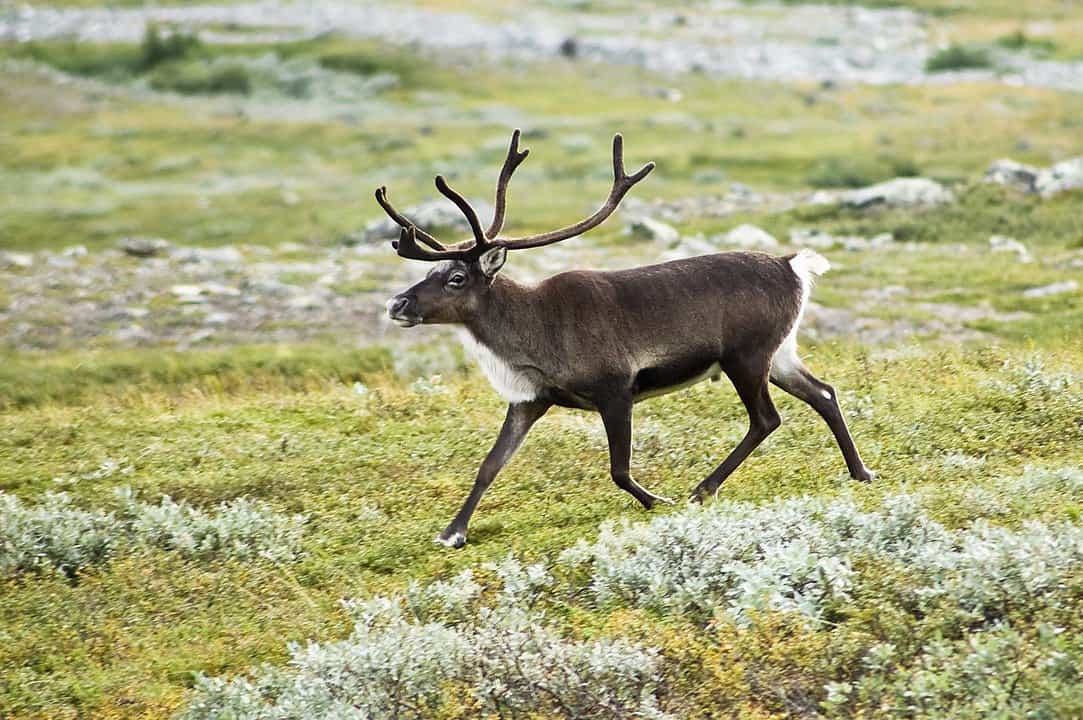
These journeys, often spanning thousands of miles, are critical for the survival of species and the health of ecosystems. As these animals navigate the challenges of their routes, they remind us of the delicate balance between risk and reward. From the vast herds of wildebeest to the solitary flight of the Arctic tern, each migration is a story of endurance and adaptation, that continues to inspire and demand our respect and protection.
Join our Forum for free today!

- The Bond Between a Wild Baby Bison and Her Rescuer - July 20, 2024
- An Excited Husky’s First Ever Time in Snow - July 20, 2024
- Top 20 Colorful Species To Brighten Your Day - July 14, 2024

